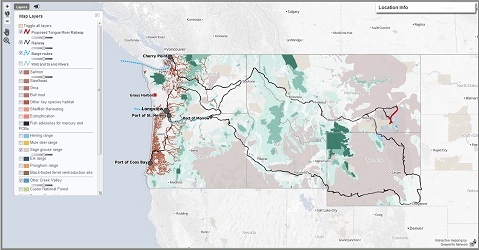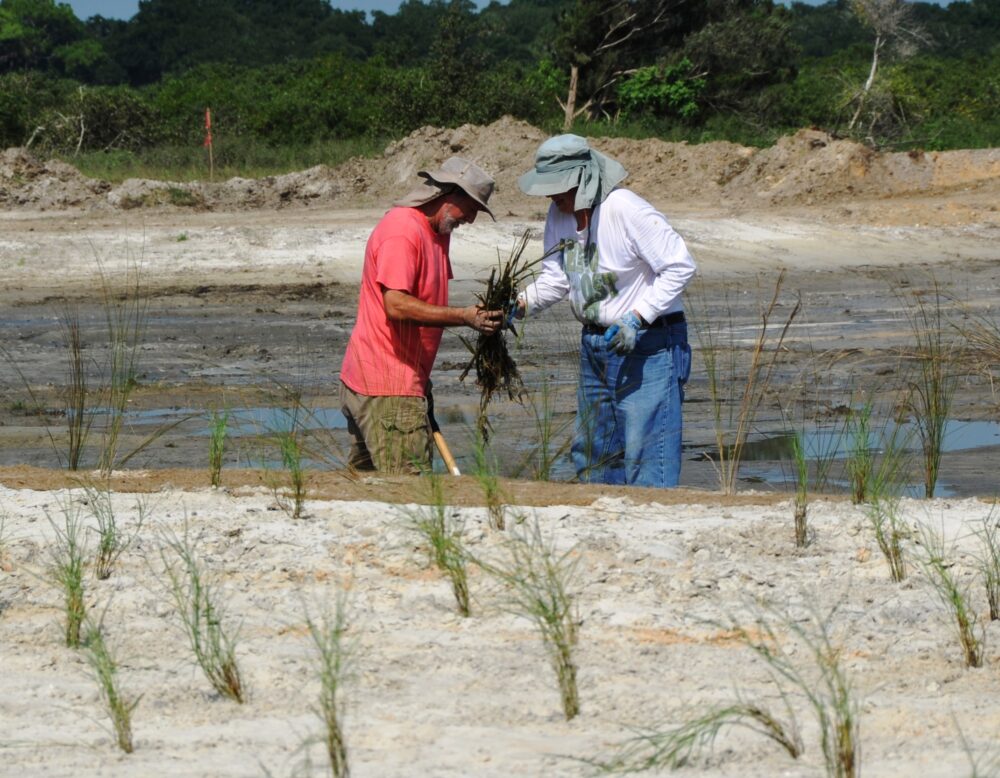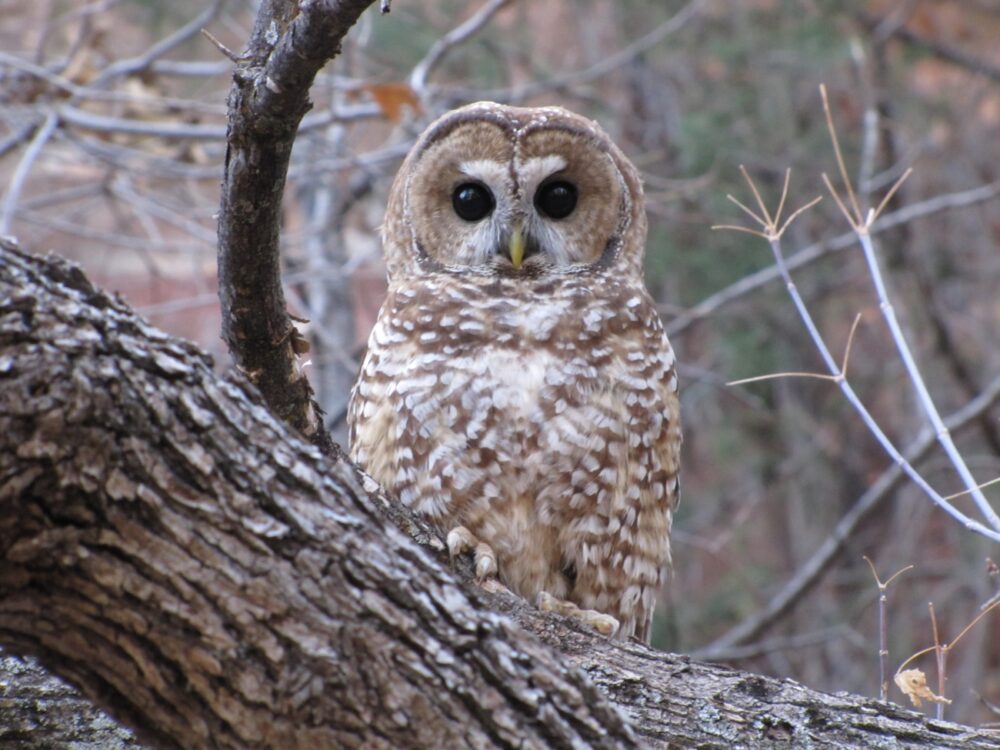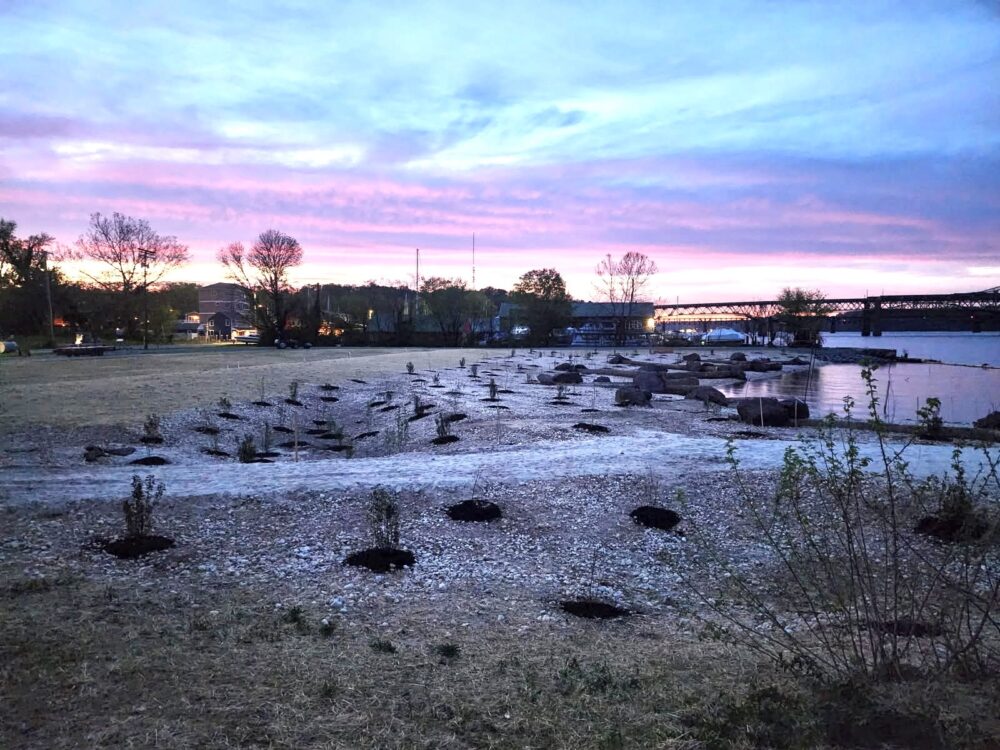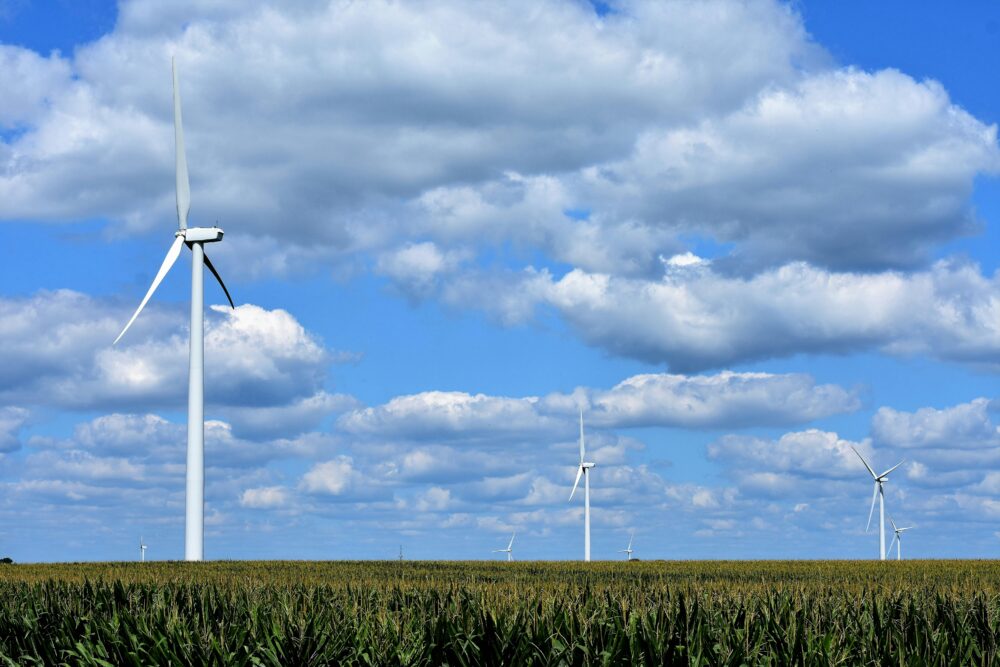We have much more to do and your continued support is needed now more than ever.
Coal Exports Travel Too Close to Our Wildlife and Iconic Places
Coal, once a keystone to the American identity, is having trouble staying competitive. With natural gas prices low and the demand for responsible energy options high, coal no longer has a solid place in the American market. So now coal companies are looking to take their business overseas. Coal exports across the Pacific Northwest aim to transport coal from America to China, where demand is higher and pollution protections are weaker .
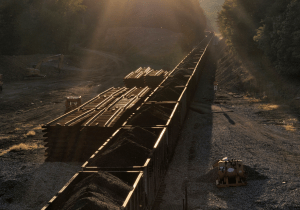
A Dangerous Path
But what might be the most unsettling, is that coal export railways across the Pacific Northwest cut through some of the most beautiful landscape this country has to offer. Uncovered coal cars pass through sensitive ecological areas such as The Columbia River Gorge and Glacier National Park. These coal railways pollute the air and water and disturb vulnerable wildlife habitat.
NWF recently released this interactive map where you can clearly see what wildlife ranges and protected areas are in the path of coal railways.
Dozens of wildlife refuges, national parks, and pristine spaces are caught in the cross-hairs of the coal railway. In Livingston, Montana, located just outside the iconic Yellowstone National Park, coal railways run right through the center of town. Fifteen trains a day pass through Livingston and are a constant disruption to anglers, hunters, and small town community members.

The National Park Service is very concerned by the impact of coal exports on parks, wildlife and air quality. Earlier this year, the Service submitted scoping comments on potential coal export projects:
A review of existing rail and shipping routes indicates coal export could affect up to a dozen NPA (National Park Service) units in Montana, Idaho, Oregon and Washington.
Coal export through the Pacific Northwest terminals could potentially affect air quality in four Class I areas- Glacier, Mount Rainier, North Cascades and Olympic National Parks (NP).
The National Park Service recognizes the threat that coal exports has to our national parks, tourism industry and air quality in the Pacific Northwest.
The three million tons of coal that are currently transported on railways annually are already altering the wildlife habitats and communities of the Pacific Northwest. These railways come dangerously close to national parks, wildlife refuges and iconic American landscapes.

